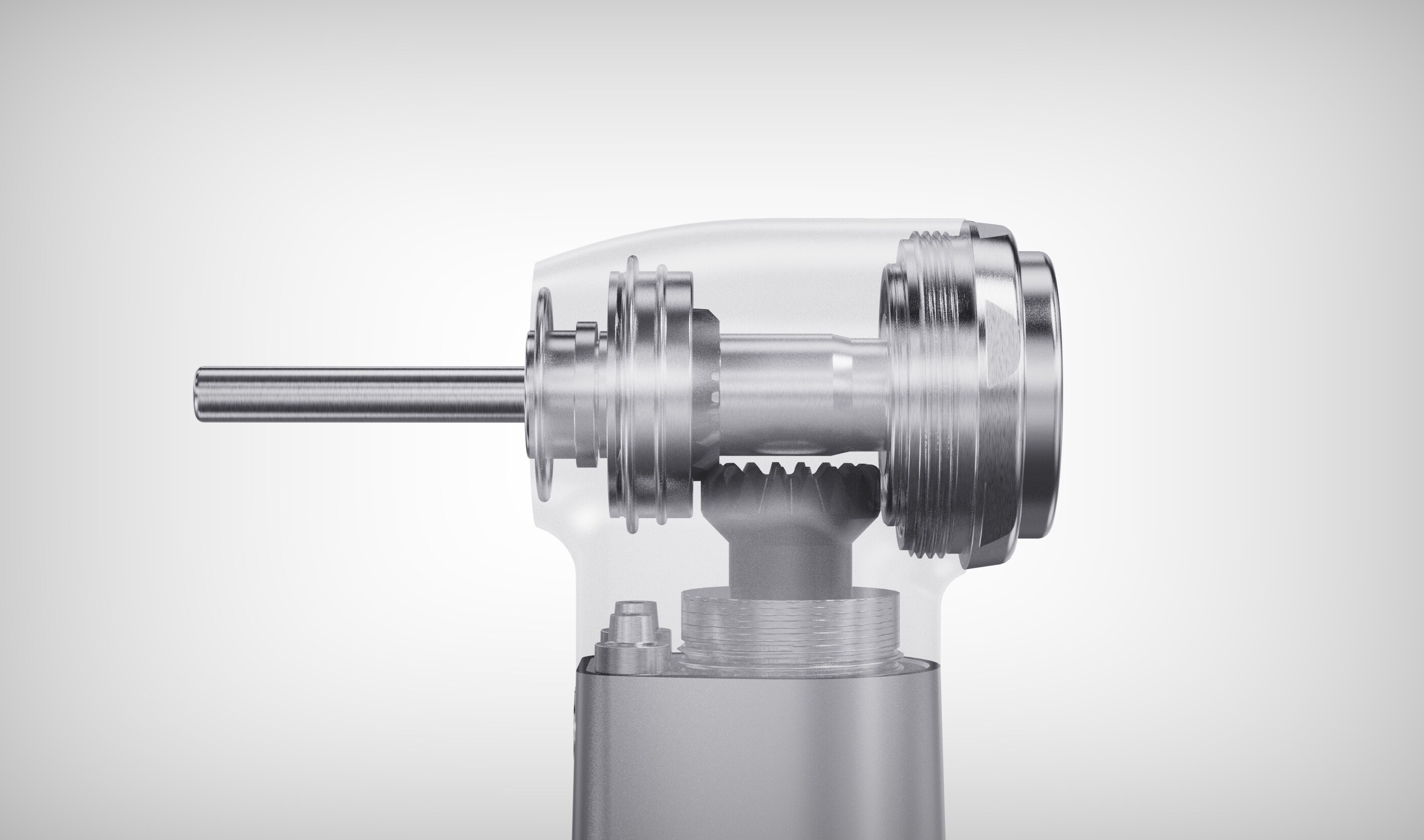Грешка во форматот на е-пошта
emailCannotEmpty
emailDoesExist
pwdLetterLimtTip
inconsistentPwd
pwdLetterLimtTip
inconsistentPwd

Вести
Еве, можете да опишете парче текст што сакате да го искажете.

Кои се разликите помеѓу брзата и мала брзина на забите?
Стоматолошките рачни производи - честопати се нарекуваат „вежби“ - се суштинска алатка за сите стоматолошки практики. Широк асортиман на стоматолошки професионалци, хигиеничари, специјалисти за орално здравје и лабораториски техничари ги користат овие специјално дизајнирани парчиња опрема со цел да помогнат во оптимизирање на оралното здравје на пациентите низ целиот свет. Не е важно дали станува збор за стандарден состанок за пророчки или се спроведува сеопфатен хируршки третман, се користат забите. Во овој основен водич, ние ќе ги претставиме уникатните разлики помеѓу брзата стоматолошка рачна рака и со ниската брзина на забите.

Што е брз стоматолошки прирачник?
Се смета дека брзата заболена рачна рака се смета за уред со прецизност. Го отстранува ткивото на забите на брз и многу ефикасен начин. Тоа не резултира во топлина, зголемување на притисокот или вибрации. Овие се достапни во широк асортиман на форми, големини и општа конструкција. Операцијата се јавува на 250.000 до 400.000 вртежи во минута. Различните карактеристики им даваат на нивното разликување.
Примери за овие карактеристики вклучуваат типот на прицврстување на главата, големината на главата, изворот на светлината, тежината на парчето и бучавата на моторот кога е во функција. Овие обично се користат за полирање на забите и вистинското обликување на круни и пломби.
Што е ниско-брзински стоматолошки прирачник?
Исто така, се сметаат дека се прецизни алатки со мала брзина за прецизни алатки за стоматолошки практичари и специјалисти. Овие обично работат со брзина од 5.000 до 40,000 вртежи во минута. Циркулацијата на водата не е неопходна бидејќи верзиите со мала брзина не работат на такво ниво што создаваат високи нивоа на топлина. Во повеќето случаи, овие се користат за тешки работни места.
Примерите вклучуваат отстранување на шуплините од устата и подготовка на забите за додавање на круни, фурнири и/или пломби. Овие се идеални алатки за ортодонтски процедури и реставративна работа.
Поради мала брзина на работа, овие заболувања на забите имаат тенденција да имаат подолг животен век од оној на брзите заболувања на забите. Ова е заради помала количина на вирус на механичките аспекти на уредот.

